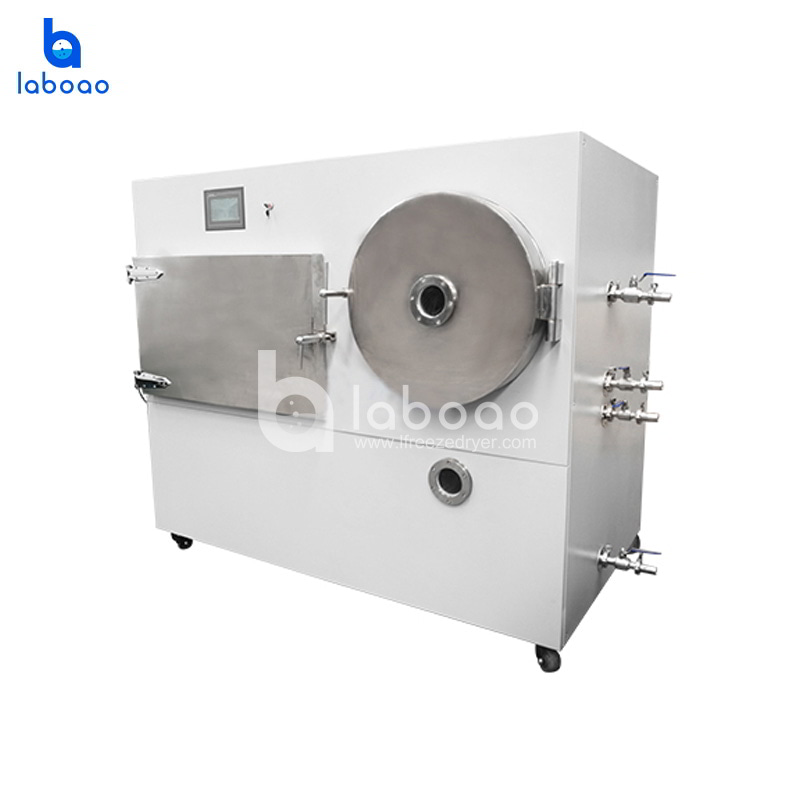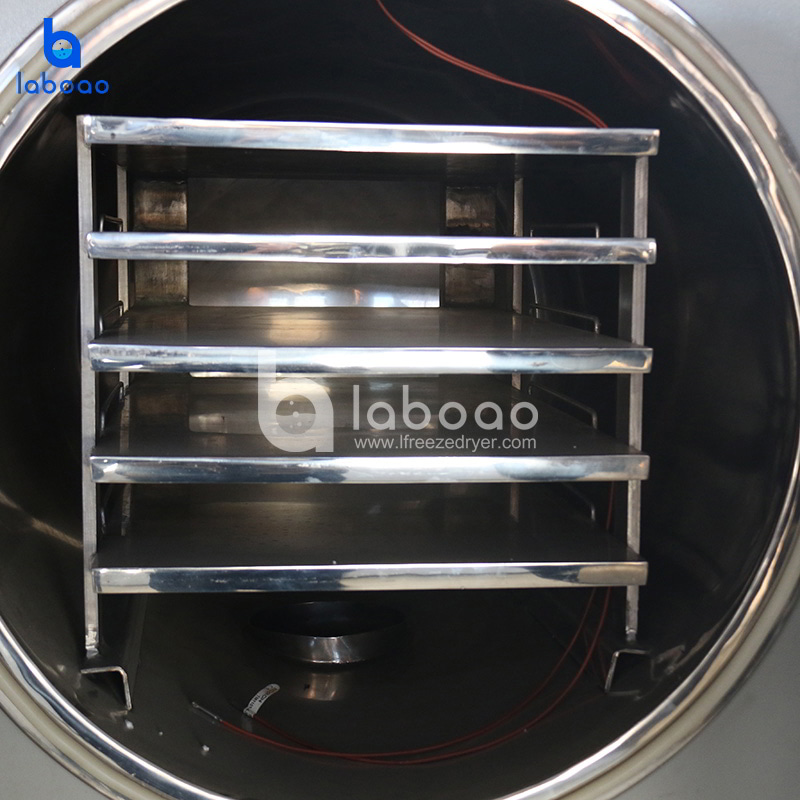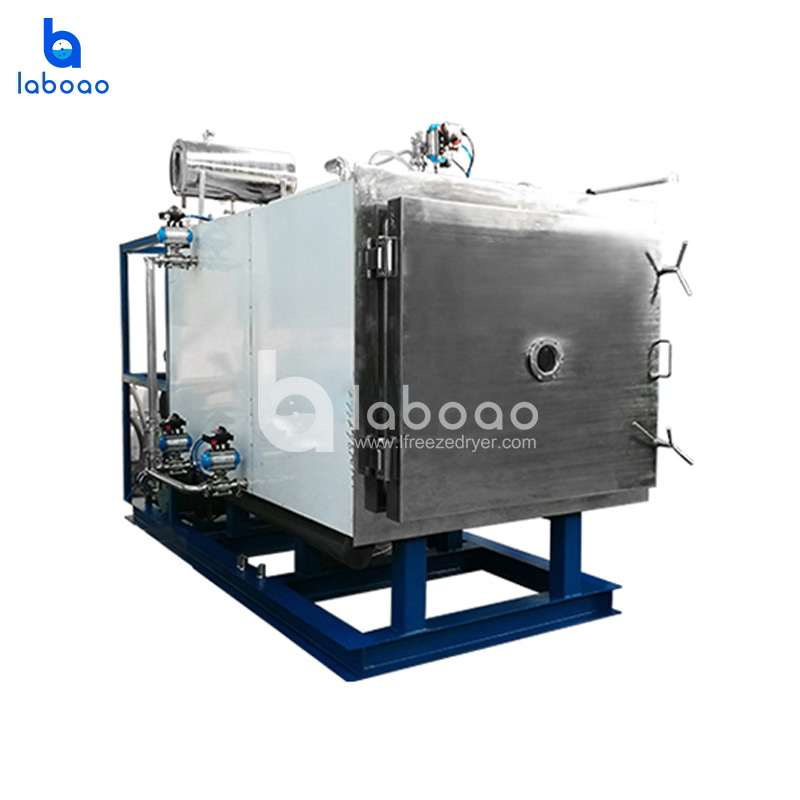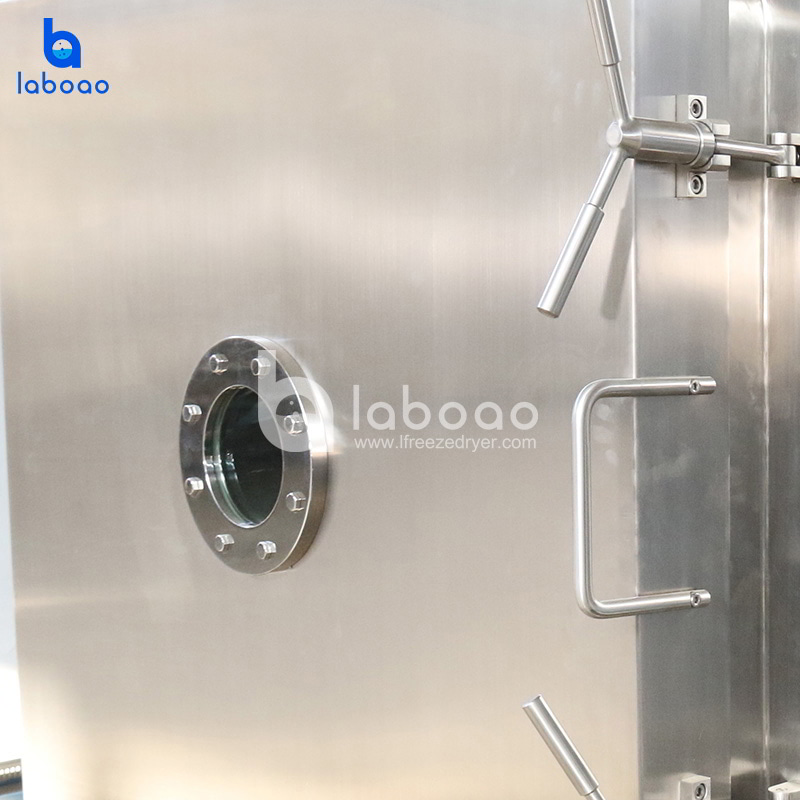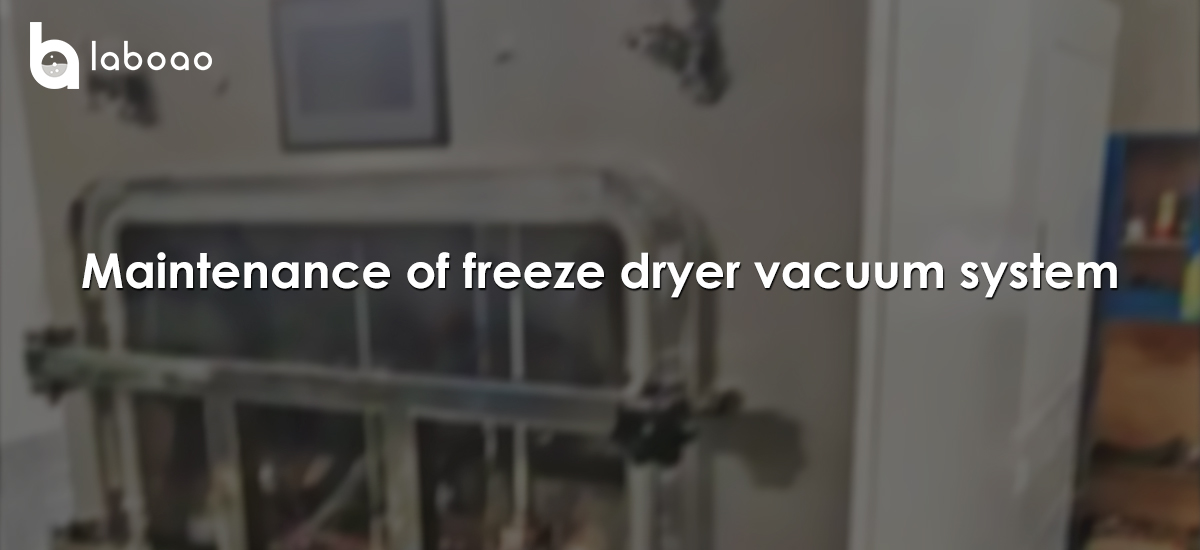
1. Daily maintenance items
(1) Utility inspection
The power supply is normal (the three-phase power supply voltage should be within ±10% of the specified value), the wiring is complete, and the grounding is good.
(2) Vacuum pump inspection
It is strictly forbidden to start the machine when the exhaust pipe is blocked;
The oil level of the oil pump is required to be between 1/2 and 2/3 of the oil level scale line, the oil level of the dry pump is required to be at the upper limit of the oil level, and the oil level of the Roots pump is required to be between 1/2 and 2/3 of the oil level scale line.
2. Professional maintenance items
(1) Inspection during operation of vacuum pump
Is the sound of vacuum pump operation normal? If abnormal, please check whether the three-phase power supply is balanced first;
Is there any abnormal vibration of vacuum pump? Is there any looseness in the connection parts between vacuum pump and pump head? If so, take appropriate fixing measures;
It is necessary to check whether the oil level is kept at the normal oil level. If it is lower than the normal oil level, add the specified vacuum pump oil in time; If the vacuum pump oil is emulsified, it is necessary to open the gas ballast valve and run for 2 hours; If the vacuum pump oil changes color, it is recommended to replace the vacuum pump oil in time, clean the filter, and replace the filter;
Observe whether the vacuum pump is leaking oil. If it is leaking, shut down the machine for repair.
(2) Inspection of vacuum pump for long-term shutdown
If the pump is not used for a period of time, turn off the power supply and cooling water supply;
If the pump is turned off directly after the freeze-drying process is completed, water vapor may remain in the pump body;
If the pump is in the off state for a long time, these liquids may corrode the mechanical structure of the pump and may cause the pump to be unable to start again. It is recommended to idle the pump for about half an hour after the debugging is completed.
(3) Checking the pump head valve of the vacuum pump
The pump head valve is energized when the vacuum pump is turned on and is de-energized when the vacuum pump is stopped;
Whether the pump head valve is energized can be determined from the air inlet at the end of the valve;
Remove the muffler and block the air inlet with your hand. If air is sucked in, it proves that the valve is not energized, otherwise it is energized;
Turn off the vacuum pump and cut off the power supply to the pump head valve. The change in the vacuum degree of the silicon tube on the vacuum tube can be used to determine whether the pump head valve is tightly closed.
(4) Changing the oil of the vacuum pump
Unscrew the oil drain valve and raise the oil tank of the pump body to allow the old oil in the vacuum pump to automatically flow to the oil screw cap position to allow the oil to flow out. After the old oil is drained, inject a small amount of clean vacuum pump oil (100~500mL) from the vacuum pump refueling port to flush the inside of the vacuum pump cavity. Then start the vacuum pump and run it for about 1 minute, then turn off the vacuum pump and drain the newly injected oil. If the drained oil is still not dry, continue to inject new oil to flush until it is clean. Then, tighten the oil drain valve, remove the filler cap from the filler hole, and add new vacuum pump oil to the vacuum pump until the oil level reaches the oil mark. Then, replace the filler cap.
Place a container under the oil drain port and remove the drain screw. Close the exhaust port while turning on the vacuum pump. Open the gas ballast valve and partially cover the vacuum pump's exhaust port to create sufficient internal pressure to quickly drain the contaminated oil. Then, flush the vacuum pump chamber according to the steps in step 1 above and replace the oil.
(5) Other precautions
When removing the sediment from the port, do not use excessive force to prevent damage to the cooling pipe wall;
Before turning on the vacuum pump and the small butterfly valve, if you are vacuuming the entire box, make sure that the box door and valve are both closed. If you are vacuuming only the rear box, make sure that the front box door is open more than 90 degrees and pay attention to personnel safety;
Before the vacuum pump starts to vacuum the box, make sure that the rear box is dry. If there is water vapor, the condenser temperature must be lower than -45℃;
Generally speaking, during the sublimation process of drugs, drug powder entering the vacuum pump will have a great impact on the pump oil and the rotor of the vacuum pump. When the vacuum pump is working in the presence of water or contamination, it will cause damage to the pump;
Replace the refrigeration oil Be sure to use the same refrigerant oil type as the original system. Mixing refrigerant oils may cause poor lubrication of the vacuum pump or oil deterioration;
After starting the vacuum pump, immediately check the lubrication status of the vacuum pump and the oil level in the sight glass. If the oil level is below the normal range (1/3 of the sight glass), refill the oil immediately;
It is recommended to replace the filter during disassembly and cleaning (minor maintenance);
To prevent increased wear and performance degradation caused by prolonged operation due to oil degradation, it is recommended that the pump oil be changed every 3000 cumulative hours (regardless of the oil color);
For new pumps, the first oil change should not exceed 200 hours due to the mechanical run-in period.
3. Troubleshooting and Solutions
Fault status | Cause Analysis | Troubleshooting |
The vacuum degree is not high | a. The pump temperature is too high, which may be caused by scratches and wear of the pump valve or internal organs, or displacement of the rotor axis causing single-sided wear. b. There is a problem with the oil pump: ①The oil level is too low and the seal is not tight. ②The oil is contaminated and becomes milky yellow. ③The oil level is normal, the oil circuit is blocked, and the pump cavity does not maintain an appropriate amount of oil inflow c. The pump itself is leaking: the sealing ring and gas ballast valve gasket are damaged or not tightened, and the exhaust valve plate is damaged, resulting in poor sealing. d. The air inlet filter is clogged. | a. Reassembly after repair b. ①Add oil ②Oil should be changed ③ Check the oil flow of the oil circuit and the oil valve c. Replace the sealing ring or valve plate according to the specific situation. d. Remove and clean |
The motor is overloaded, the pump has abnormal noise and is difficult to rotate during operation | a. The pump temperature is too high, which may be caused by scratches and wear of the pump valve or internal organs, or displacement of the rotor axis causing single-sided wear. b. The spring is deformed or broken, causing uneven force on the rotor and producing an impact sound. c. The filter is damaged and debris has fallen into the pump. d. The pump chamber is seriously polluted and the parts are rusted. e. The pump chamber shaft and sleeve are too tight, resulting in poor lubrication. | a. Reassemble after repair. b. Replace the spring. c. Should be removed for cleaning d. Oil change e. Reassemble and unclog the oil line. |
Oil leakage, oil spray | a. The sealing rings on the shaft, oil window, oil drain hole, etc. are damaged or assembled incorrectly. b. Inlet pressure is too high c. Excessive oil volume will cause oil spraying. d. The oil baffle under the exhaust cover is installed upside down, causing oil spraying. | a. The sealing ring should be replaced or reassembled. b. Try to reduce the amount of oil intake c. Release a part d. Reassembly |
4. Conclusion
Understanding the daily maintenance items, specialized maintenance items, and other precautions for the freeze dryer's vacuum system is crucial for ensuring efficient and stable operation. A vacuum system failure may result in an inability to provide the vacuum required for production, leading to freeze-dried product failure. Understanding the methods and solutions for diagnosing freeze dryer vacuum system failures can help quickly restore the vacuum system to normal operation and ensure the smooth operation of the pharmaceutical process.
